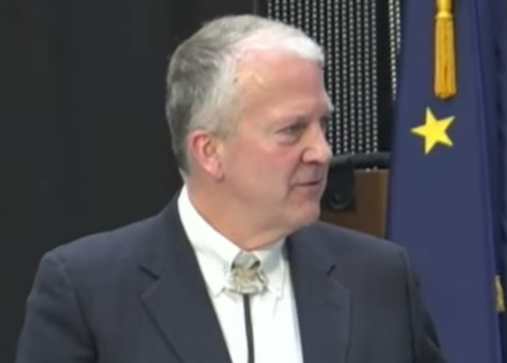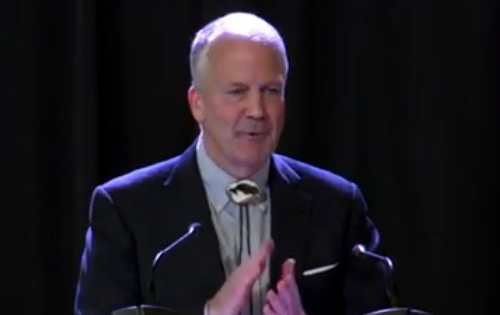Alap’aaq—African American Person
Alap’aaq Nuniamen taillria.—An African-American person came to Old Harbor.
African Americans began living and working in Alaska in the late nineteenth century. Although their history in the Far North is poorly documented, they came to harvest natural resources and to work for government agencies like other colonists. African Americans mined gold, staffed revenue cutters, served in Alaska military posts, and helped to build the Alaska Highway.
Today, the African-American population of Alaska is quite small. About 3.5 percent of Alaska’s population is African American, as compared with 12.5 percent nationally. Rural Kodiak is home to even fewer people of African descent. Recent census statistics indicate that there are about 13,600 people living in the Kodiak Island Borough. Of these people, less than 1 percent are of African-American descent, as compared with 55 percent Caucasian, 20 percent Asian/Pacific Islander, 14 percent Native American, 7 percent multiracial, and 4 percent other races.
[content id=”79272″]
The Alutiiq word for African American is aRap’aaq or alap’aaq, and it comes from a Russian word meaning Arab. This word is easily confused with aRapak, a similar-sounding Alutiiq word for rubber boots. Some people think that Alutiiq people called African Americans aRap’aat because their skin was black like a boot, but this is untrue.
Another clue to the Russian origins of the word aRap’aaq is its R sound. This sound is not found in the Alutiiq language but appears in words borrowed from Russian and English. In the modern Alutiiq alphabet, people write the Western R sound as a small capital letter (r) to distinguish it from the Alutiiq r sound, which is written with a lower-case r.
Source: Aluttiq Museum








